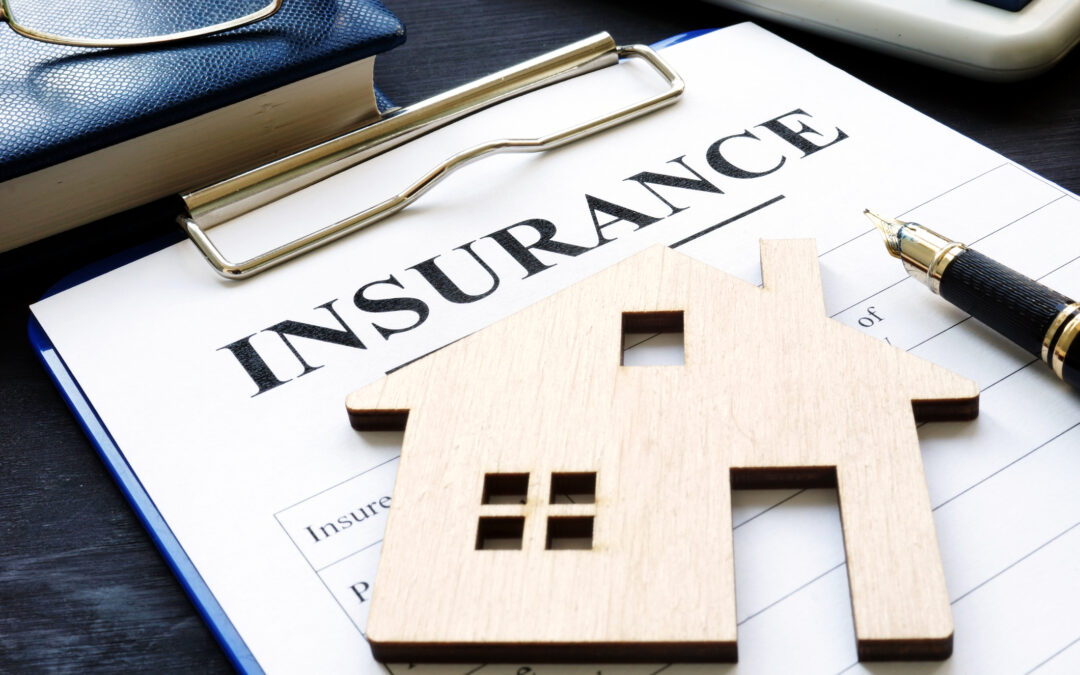Securing your property and belongings from potential catastrophes such as fire, theft, or natural disasters is essential due to the expense of recovering after an unforeseen incident. Nevertheless, determining how much you pay for home insurance can vary based on three main factors – the age of your house, weather conditions in your area, and unique features that may raise risk levels. In this article we will discuss these influential elements and their impact on the cost of homeowners insurance premiums.
Age of Your Home
When it comes to insuring your house, the age of your abode is an essential consideration. With older dwellings, outdated wiring and piping may present potential problems in terms of damages or fire hazards. Moreover, if they do not meet current building standards, it can cost extra when making repairs or reconstructing them completely. As a result of this increased risk factor posed by aging homes, insurance companies could raise premiums accordingly to cover their own liability exposures.
Weather
The type of weather in the area you live is a major factor when it comes to the cost of home insurance. If your home is situated in an area that’s prone to hurricanes, tornadoes, floods or wildfires, then expect higher insurance premiums – this way insurers can best protect their investment from potential damage caused by natural catastrophes. Homes constructed with strong and durable materials are more likely to stand up against extreme conditions too – so if you’re looking for lower rates then make sure yours does! For example, fiber cement siding can help your home withstand hail and debris impact in the wind, which is a common issue during severe weather events. If you select superior roofing materials such as metal or tile, it can help reduce your home insurance premiums. Insurance companies analyze the risks associated with a particular location and make adjustments to their rates accordingly.
Specific Features
Your residence’s particular features can also play a role in determining the cost of home insurance. For instance, those with swimming pools may see increased prices due to the potential for drowning or injury. Similarly, if you possess certain breeds of canine companionship, your rates may be higher because of the risk associated with dog bites. Furthermore, houses featuring fireplaces and wood stoves have elevated premiums due to their inherent danger when it comes to starting fires; this is alongside other aspects like construction materials that affect how strong and durable they are – both vital elements taken into consideration by insurers when estimating your quote!
Home insurance premiums can be determined by a variety of factors including the age, condition, and materials used to build your house. To ensure you’re getting comprehensive coverage at an affordable rate, it’s essential to consider these aspects as they directly affect how much you’ll pay for home insurance. Through taking the time to assess your individual needs and shop around different insurers with comparison websites tools available, homeowners are empowered with access to reliable protection while also saving money on their policies. When armed with knowledge about what impacts premium costs combined smart shopping tactics -you’ll benefit from improved security for both yourself and possessions without breaking the bank!
Check out this article on why every family should have dental insurance!


